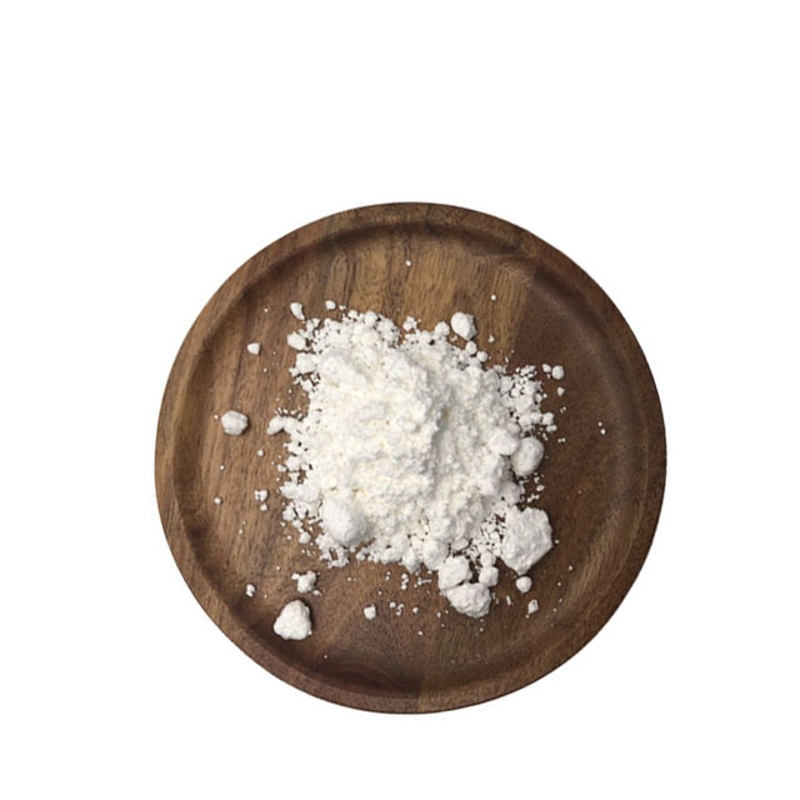-
Categories
-
Pharmaceutical Intermediates
-
Active Pharmaceutical Ingredients
-
Food Additives
- Industrial Coatings
- Agrochemicals
- Dyes and Pigments
- Surfactant
- Flavors and Fragrances
- Chemical Reagents
- Catalyst and Auxiliary
- Natural Products
- Inorganic Chemistry
-
Organic Chemistry
-
Biochemical Engineering
- Analytical Chemistry
- Cosmetic Ingredient
-
Pharmaceutical Intermediates
Promotion
ECHEMI Mall
Wholesale
Weekly Price
Exhibition
News
-
Trade Service
Thyroid dysfunction is a recognized risk factor
for bone-related outcomes, including fractures.
Clinical hyperthyroidism accelerates bone resorption without compensatory bone formation, reduces bone mineral density, and increases fracture risk
.
Patients with overt thyroid dysfunction are usually symptomatic, easy to diagnose, and can be treated
according to clinical guidelines.
In the general adult population, the prevalence of subclinical hypothyroidism is estimated at 12%, while subclinical hyperthyroidism is less common, with an estimated prevalence of approximately 5%
in US adults.
In addition, subclinical thyroid dysfunction appears to persist in chronic conditions in approximately 60% of individuals and is more prevalent
in older adults.
However, the association between subclinical hyperthyroidism and fracture risk is currently unclear
.
Therefore, this study aimed to investigate the association
between endogenous subclinical thyroid dysfunction and fracture risk.
This cohort study included 10,946 participants from the Atherosclerosis Risk Study in the Community who were not taking thyroid medications and had no history
of fractures.
Subclinical hyperthyroidism is defined as thyroid-stimulating hormone levels below 0.
56 mIU/L, subclinical hypothyroidism as thyrotropin levels greater than 5.
1 mIU/L, normal thyroid function as 0.
56 to 5.
1 mIU/L, and normal free thyroxine levels of 0.
85 to 1.
4 ng/dL
.
Results showed that among 10,946 participants (54.
3% were women; Mean [SD] age, 57 [5.
7] years), 93.
0% had euthyroidism, 2.
6% had subclinical hyperthyroidism, and 4.
4% had subclinical hypothyroidism
.
During the median follow-up of 21 years (IQR, 13.
0 to 27.
3 years), there were 3556 fracture inpatient or outpatient events (167.
1 fractures per 10,000 person-years).
The incidence of fractures per 10,000 people per 10,000 people with subclinical hypothyroidism was 180.
8 (95% CI, 155.
5 to 210.
3) in patients with normal thyroid function, 165.
8 (160.
3 to 171.
6) in patients with normal thyroid function, and 192.
7 (157.
8 to 235.
4)
in patients with subclinical hyperthyroidism.
The fracture-adjusted risk ratio for patients with subclinical hyperthyroidism was 1.
34 (95% CI, 1.
09 to 1.
65); There was no evidence of an association between subclinical hypothyroidism and fracture risk (HR, 0.
90 [95% CI, 0.
77-1.
05]).
In patients with normal free thyroxine levels, thyrotropin levels below the normal range were significantly associated with a higher risk of fracture-related hospitalization; Individuals with thyroid-stimulating hormone concentrations below 0.
56 mIU/L are at greater risk
of fracture.
This community-based cohort study showed that subclinical hyperthyroidism is an independent risk factor
associated with fracture.
The increased risk of fracture in individuals with thyroid-stimulating hormone levels below 0.
56 mIU/L highlights the potential role
of more aggressive screening and surveillance of patients with subclinical hyperthyroidism to prevent osteomineral disease.
Original source:
Daya NR, Fretz A, Martin SS, et al.
Association Between Subclinical Thyroid Dysfunction and Fracture Risk.
JAMA Netw Open.
2022; 5(11):e2240823.
doi:10.
1001/jamanetworkopen.
2022.
40823







